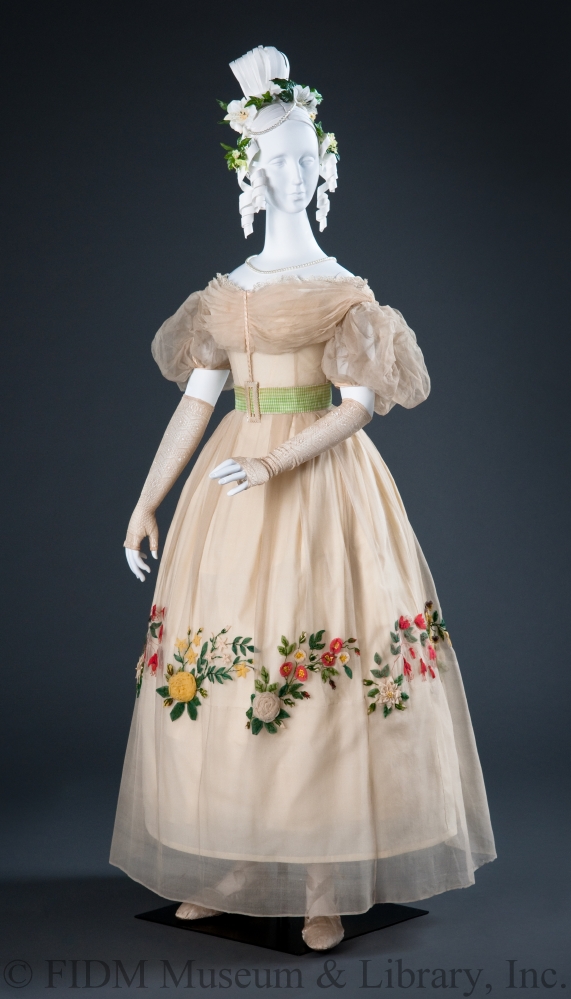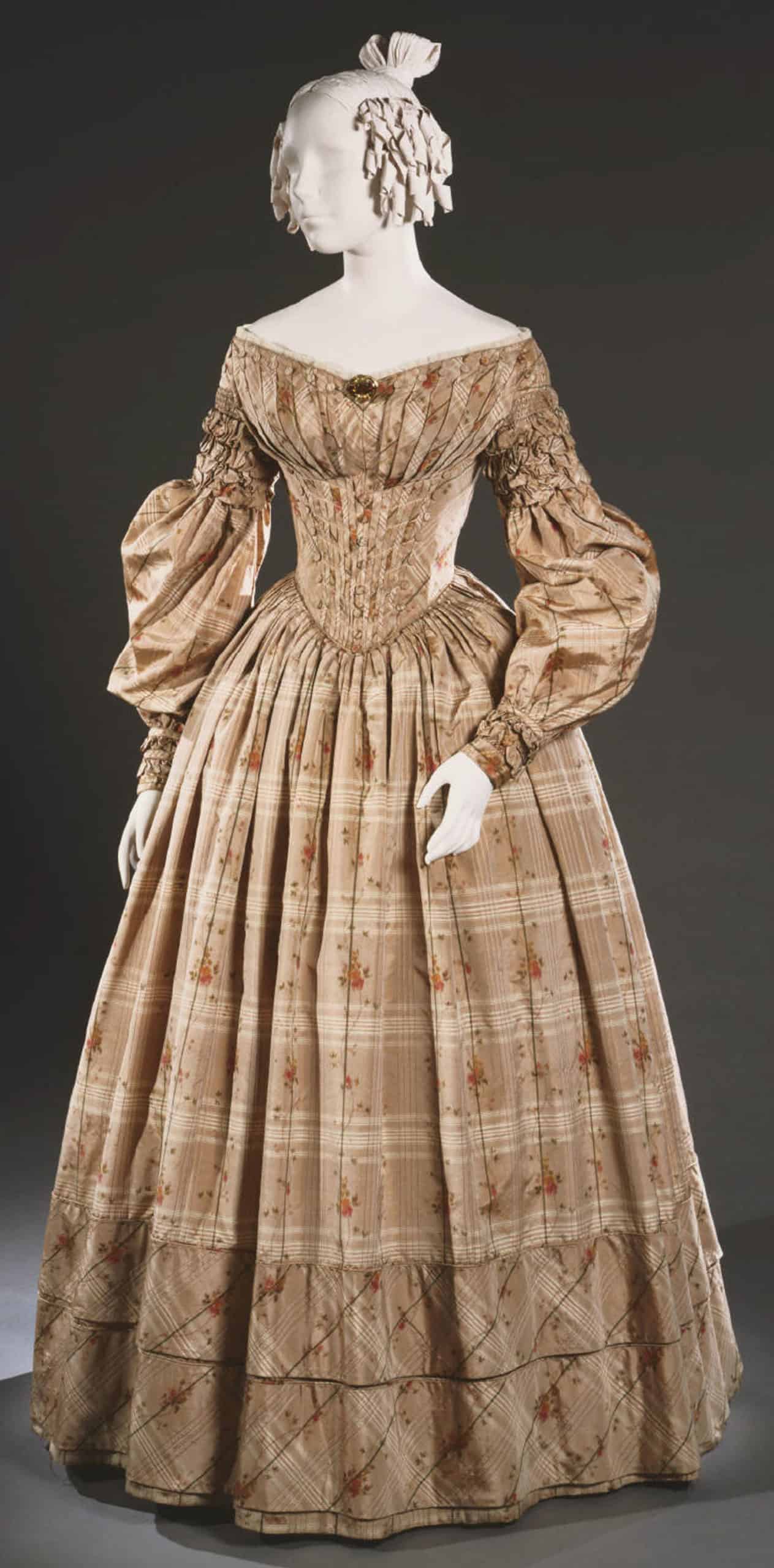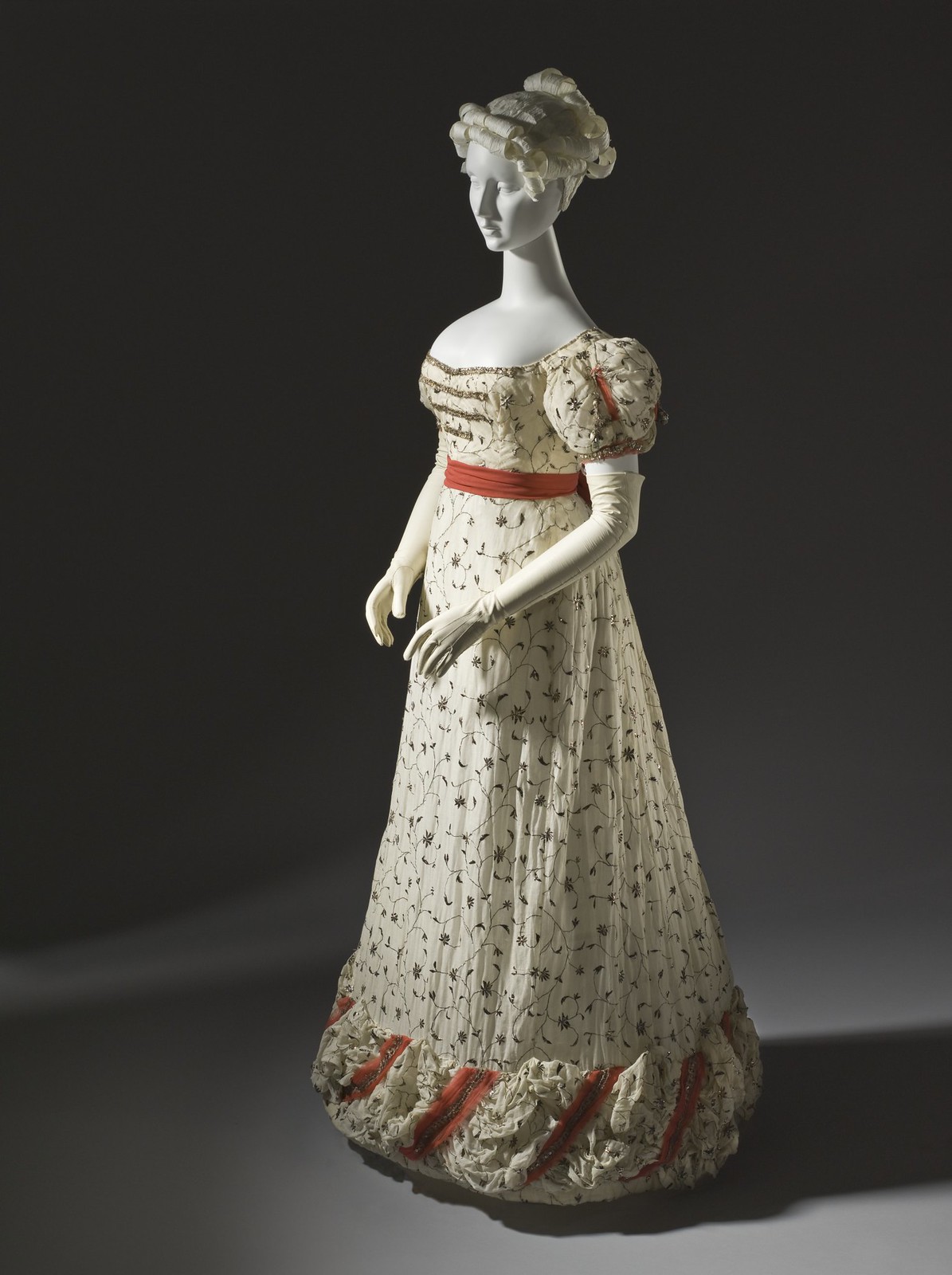
Jane Austen Photo Tribute To Regency Period Women Women, 1820s fashion, Fashion
During the 1820s in European and European-influenced countries, fashionable women's clothing styles transitioned away from the classically influenced "Empire"/"Regency" styles of c. 1795-1820 (with their relatively unconfining empire silhouette) and re-adopted elements that had been characteristic of most of the 18th century (and were to be char.

Dress British The Metropolitan Museum of Art Fashion, Historical dresses, 1820s fashion
T he 1820s were a period of transition in women's fashion that swept away the last remnants of the Empire style and ushered in a Romantic one, as Gothic influences interrupted the Neoclassical line (C.W. Cunnington 74; Bassett 21).

Pin on 1820s
Below is a British ball gown made of silk satin and silk net, embroidered with metal and trimmed with blonde lace. 1820 British Ball Gown. (Image via Victoria and Albert Museum) Describing two ball gowns of particular beauty in February of 1820, La Belle Assemblée states: Evening Dress, 1820. (Ackermann's Fashion Plate)

European Day Dress, ca 1820 European dress, Historical dresses, Dresses
The 'Regency' in British history describes the period 1811-1820 when the flamboyant, fashion-loving Prince of Wales (later George IV) acted as regent during his father, George III's, episodes of mental illness.. From 1793 to 1815 England was almost constantly at war with France, battling Napoleon's imperial ambitions whilst absorbing much.

1827 British Cotton Morning Gown.(Image via Met Museum.) Historical dresses, 1820s fashion
1830 British Silk Dress. (Image via LACMA) 1831 According to C. Willett Cunnington, belts and "deep gilt buckles" were still very popular in 1831, as evidenced by this beautiful, printed cotton day dress. 1830-34 British, Printed Cotton Day Dress. (Image via Victoria and Albert Museum)

Ball gown British The Metropolitan Museum of Art Vintage dresses, Ball gowns, Historical
The neo-Gothic influence in fashion history dress fashions was at its peak during the Romantic Era between 1825 and 1835. The romantic spirit in fashionable dress lasted until the late 1840s. Anglomania After the Napoleonic wars became a memory, French fashion was dominated by a new wave of Anglomania. Picture of the overweight Prince Regent.

Rate the Dress 1820s flower garland The Dreamstress
During the 1820s in European and European-influenced countries, fashionable women's clothing styles transitioned away from the classically-influenced "Empire"/"Regency" styles of ca. 1795-1820 (with their relatively unconfining empire silhouette) 1820's Fashion History presented by Apparel Search:

The Romantic Era 18201850 Maggie May Clothing Fine Historical Fashion
Getting Dressed - Queen Victoria - Christmas 1848 How was fashion in early 19th century England? In the early 19th century, fashion in England underwent significant changes. The Regency period, from 1811 to 1820, saw a shift away from the elaborate styles of the late 18th century and towards simpler, more flowing garments.

The 1820s in Fashionable Gowns A Visual Guide to the Decade Mimi Matthews Leg Of Mutton
With a prince regent in place, the Regency Era began. In 1820, the prince regent ascended to the throne upon the death of his father, which formally marked the end of the Regency Era. Regency Fashion. The high-waisted, undergarment-inspired chemise dress was in fashion for women during the Regency Era. Marie Antoinette, the last queen of France.

1820 British Silk Dress.(Image via Met Museum) Historical dresses, Fashion, 1820s fashion
1820 According to an 1820 edition of La Belle Assemblée, popular sleeves for evening dresses at the beginning of the year were "short and full." Meanwhile, flounces or borders of lace, ribbons, and flowers were all the rage. Below is a British ball gown made of silk satin and silk net, embroidered with metal and trimmed with blonde lace.

Ball gown ca. 1820. American. silk. Historical dresses, 1820s fashion, Fashion
Fashion in the period 1795-1820 in European and European-influenced countries saw the final triumph of undress or informal styles over the brocades, lace, periwigs and powder of the earlier 18th century.

1825, United Kingdom Velvet dress Corsage, Samantha, Vintage Outfits, Vintage Fashion
This text examines English and French fashion from 1750 to 1820 by studying the art of the period and it shows how changes in dress reflected social, political and cultural developments in the two countries. Closely analyzing a wide range of visual sources - including portraits and history painting, sculpture, drawings, caricatures and fashion.

Historical Costume 18001820 a spencer for a skimpy gown? Liberta Books
Dress and textile fragments of printed cotton, England, ca. 1828. Physical description. Dress made up of yellow and buff striped printed cotton with a floral sprig pattern. The dress has a low oval neckline and a pleated bodice. There are four straight breadths in the skirt, which is pleated into a waistline placed slightly above the normal level.

Fashions From History Fashion, Historical dresses, 1820 fashion
In England, followers of Romanticism rejected social conventions like marriage. Prior to this period, marriages were arranged social contracts drawn to protect property and maintain social status. But thanks to the influence of Romantic ideology, love now became a mandatory requirement for marriages.. Women's Fashion 1820-1825.

18201829 Fashion History Timeline
1820. By the 1820s, the silhouette of gentlemen's fashion was beginning to change. Coat sleeves began to puff at the shoulders, chests swelled out, and waistlines narrowed to an often extreme degree. This hourglass silhouette—frequently enhanced with padding and corsetry—would remain fashionable into the early 1830s.

Belle of the Ball A 5Minute Guide to Ball Gowns 5Minute History
As fashion historian Aileen Ribeiro noted in Dress in Eighteenth-Century Europe, 1715-1789, most think immediately of Paris and the French court when they ponder that time, forgetting reverberations in England (C.I.65.13.1a-c), Italy, and elsewhere worldwide. By the eighteenth century there was already an assumed supremacy in French taste.